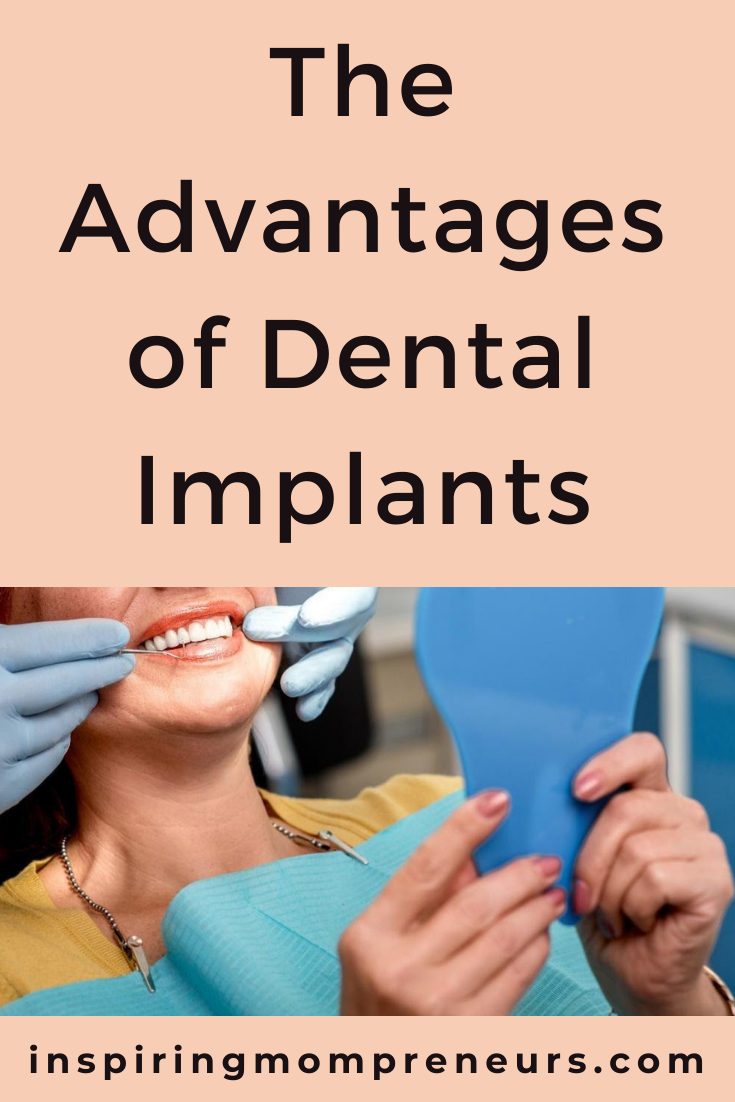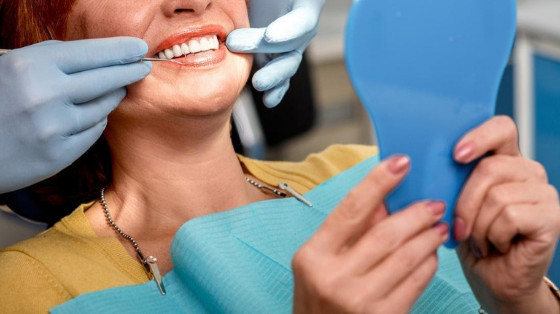There are many areas of dentistry whether that be general, preventive or cosmetic. But one of the areas which have seen the most radical change in recent decades is restorative dentistry.
Dental Implants – Regaining What Has Been Lost
Restorative dentistry has aspects which it shares with general dentistry and cosmetic dentistry but it focuses primarily on the return of function and aesthetics which have been lost due to disease or injury.
The return of function is usually provided via an oral prosthetic whether it be a full set of dentures or a partial denture, or a bridge.
The Problem – Disadvantages of Dental Implants
These are all prosthetics that have their drawbacks – for one thing, they often involve additional care and routine maintenance beyond that of normal teeth.
Even when well-tailored to the patient, they are all prosthetic devices that almost always have a degree of motion, as they are held in place using friction between the prosthetic and the gum.
This friction can then result in gum sores and irritation.
Attempts to mitigate this by applying part of a prosthetic to healthy teeth helps reduce pressure and friction on the gum, but in turn, places stress on whichever healthy tooth the prosthetic has been anchored to (this is how fitted bridges work).
But this increases the chances that the anchor tooth will be broken or damaged over time.
Solving the Problem
This is where dental implants Dublin come in. By having a titanium implant interacting directly with the jawbone, it is a stand-alone solution that does not rely on applying pressure to the gum or any surrounding teeth.
Oral Implants have Three Distinct Components
- one is the titanium implant itself which is osseointegrated into the jawbone
- the second is an abutment which is a semi-permanent locking connector that bridges the titanium component to the third,
- which is a porcelain polymer composite prosthetic tooth.
Advantages of Dental Implants – Done Right
 Having this multi-part structure has advantages.
Having this multi-part structure has advantages.
For one thing, it means that if a prosthetic tooth were to ever become damaged in the future, it can easily be unlocked from the titanium implant by a dentist and replaced, avoiding the need to extract the titanium component from the jawbone.
This greatly reduces the cost of the procedure and makes it fair to see an implant as an investment into future cheaper dental care.
The next is the ability to break the procedure up into two distinct sections; during the first two the implant can be placed in the jawbone and the gum be closed around it and stitched in place.
This allows the gum to isolate the titanium implant from the rest of the mouth, stopping it from getting jolted or disturbed, as slowly new living bone is laid down around it, anchoring it in place.
This significantly improves the chances of successful integration as well as ensuring the implant does not twist or become crooked during this critical time.
Only when it is firmly fixed in place (and this is confirmed by X-ray) would a dentist apply the second part of the procedure and load the prosthetic tooth onto the abutment of the implant.
From that point onwards, the implant is then ready to use and up to the everyday wear and tear of eating and talking.
Related: The History of Dental Implants


